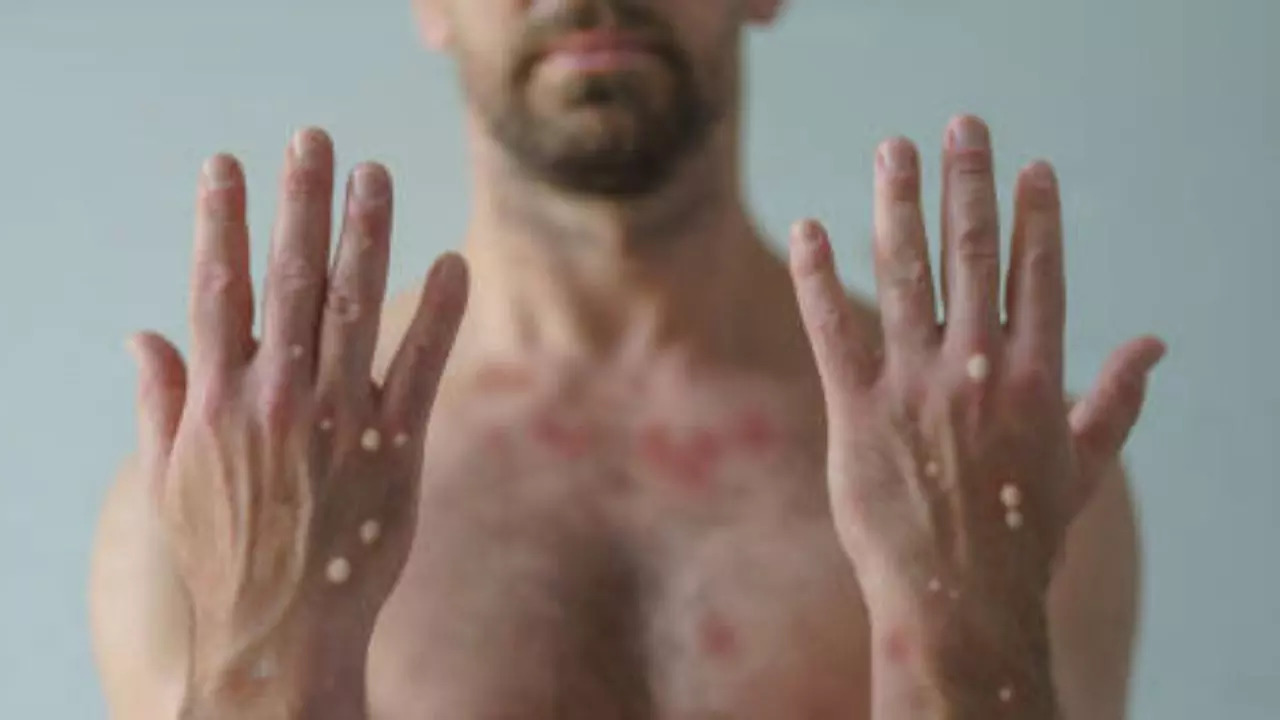India steps up surveillance amid global mpox emergency: All you need to know
PM Narendra Modi and Dr PK Mishra are increasing surveillance and testing for ampox, with 32 laboratories now equipped for early detection. Recent initiatives include an expert meeting by NCDC, an updated CD alert and sensitising health teams at international airports. ampox causes rash, fever and lymph node swelling, with symptoms lasting 2 to 4 weeks. Read more.

India steps up surveillance amid global MPox emergency (Image courtesy: iStock)
While Prime Minister Narendra Modi is closely monitoring the MPOX situation, Principal Secretary Dr PK Mishra is monitoring measures to enhance surveillance and prompt case detection. Mishra has emphasised the need for an advanced network of testing laboratories, with 32 labs currently ready for prompt diagnosis.
According to a release issued by the central government on Sunday, several initiatives have been implemented in the last week. These include an experts’ meeting organised by the National Centre for Disease Control (NCDC) on August 12 to evaluate India’s risk level. The communicable disease (CD) alert for MPOX issued earlier by the NCDC has been updated to reflect recent developments. Additionally, health teams at international airports have been sensitised to better manage and respond to potential cases.
What is Mpox?
Mpox (Monkeypox) Monkeypox is an infectious disease caused by a virus. It causes painful rashes, enlarged lymph nodes and FeverMost people make a full recovery, but some become very ill.
Symptoms of Ampox
Symptoms usually develop 7 to 10 days after exposure to the monkeypox virus. The virus can be spread through close or intimate contact with an infected person. Symptoms include:
1. Fever: A sudden high fever is often one of the early symptoms.
2. Headache: Fever is often accompanied by severe headache.
3. Muscle pain: Muscle pain and discomfort are common, especially in the back and limbs.
4. Fatigue: A general feeling of tiredness or weakness is often observed.
5. Swollen lymph nodes: Swelling of the lymph nodes, especially in the neck, armpits or groin, is a major symptom of ampox.
Within a few days of the fever, a rash usually develops, starting on the face and spreading to other parts of the body, including the palms of the hands and the soles of the feet. The rash goes through several stages:
– Macules: flat, colorless spots on the skin.
– Papules: raised, solid bumps.
– Vesicles: small, fluid-filled blisters.
– Pustules: pus-filled lesions.
– Scabs: Pimples eventually dry out and form scabs, which fall off when the infection heals.
The overall illness typically lasts 2 to 4 weeks, and although symptoms can be severe, most people recover without needing intensive medical care.
Who is at risk?
Some people may be at greater risk than others. These include:
– People with weakened immune systems
– Children under 1 year of age
– People with a history of eczema
– pregnant women.
Preventive measures
Dr Ravindra Gupta, Head, Department of Internal Medicine, CK Birla Hospital, Gurugram, shares preventive measures:
– Avoid contact with persons with fever and rashes.
– Wash hands frequently and use sanitizer.
– Avoid close, intimate sexual contact.
– Animal to person transmission may occur through bites or scratches or by direct contact with an infected smallpox lesion.
– Vaccination, given in two doses at an interval of 28 days, helps reduce the risk of infection and severity of disease.
Get the latest news on Times Now as well as breaking news and top headlines from across health and the world.
Monkeypox


